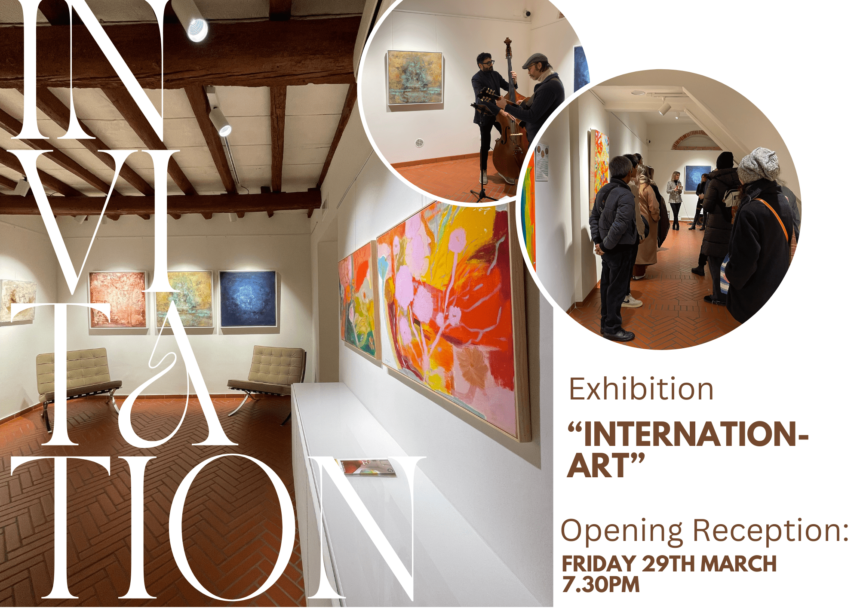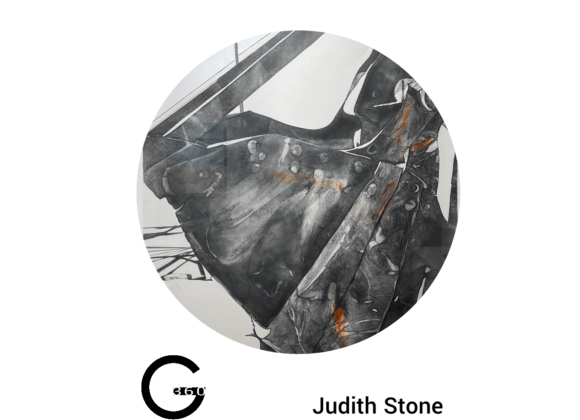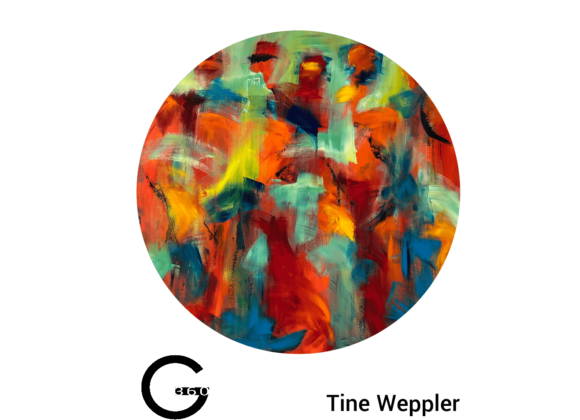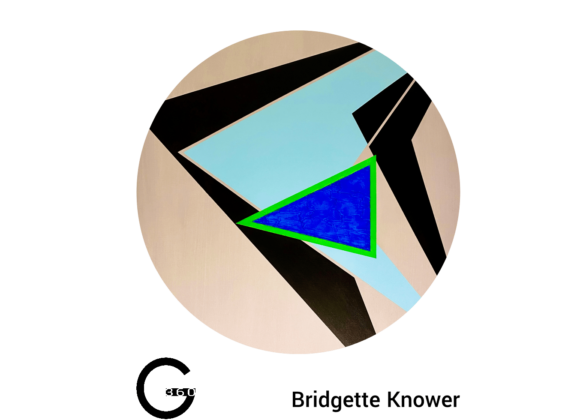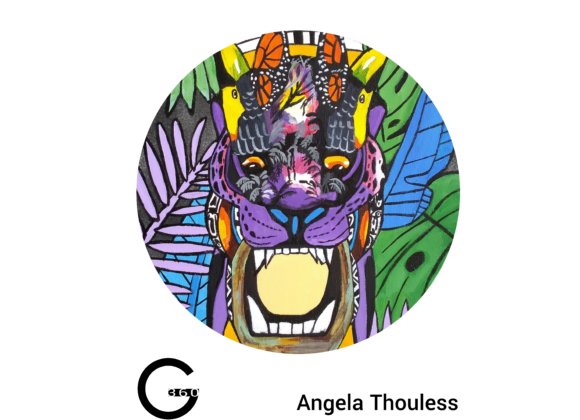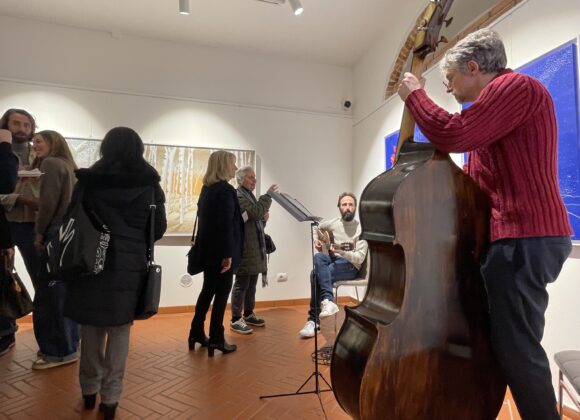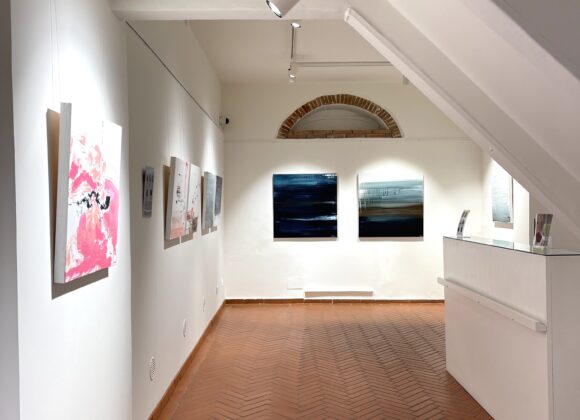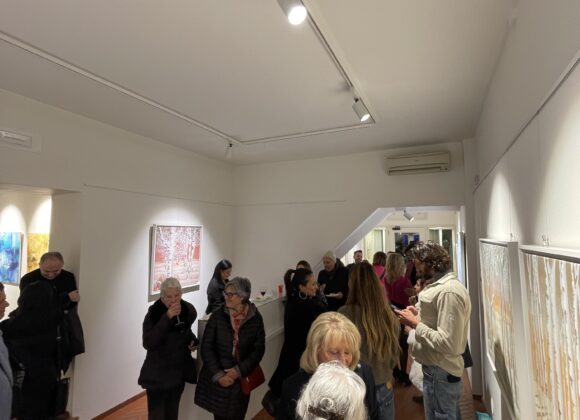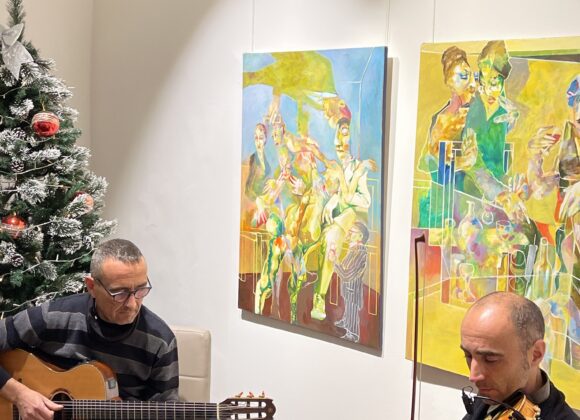On 26-27-28 March the gallery will be closed to the public for set-up.
On the second floor of Palazzo Pitti in Florence, in the rooms of the Gallery of Modern Art, a beautiful painting by Giovanni Fattori is preserved, entitled “The Italian camp after the battle of Magenta”, created in 1862. A few years earlier, the Grand Duke of Tuscany, Leopold II of Habsburg Lorraine had been “invited” to renounce the government of Tuscany in the wake of the nascent Risorgimento movements; the Provisional Government of Tuscany, free from the foreign oppression of the Habsburg Empire and eager to annex itself to the nascent Kingdom of Italy, thus announced a painting competition for the creation of various artistic works which had as their subject the battles symbolizing the unification process Italian. Several artists participated in the 1859 competition, including Giovanni Fattori. The future leading exponent of the Macchiaioli artistic movement is only twenty-four years old, with little experience but a great talent that does not let his sketches go unnoticed by the jury. In fact ,Fattori presents two drawings dedicated to the theme of the Battle of Magenta: one depicting the assault on the Austrian positions by the troops of Napoleon II, an ally of the Savoy; the other focused on the theme of charity with a large chariot and nuns intent on helping the wounded on the battlefield. The examining commission chooses the latter proposal, deciding to set aside any war rhetoric in favor of a more human look at the tragic essence of war. Using great narrative talent, Fattori recounts “his” war, while at the same time acting as spokesperson for that nascent feeling of identity, of national unity.
Giovanni Fattori, Francesco Hayez, Stefano Ussi, Giuseppe Bezzuoli, Amos Cassioli, Domenico Morelli and many others contributed through their artworks to create a visionary epic for the new unitary state. Through the narration of battles, events and historical facts (“the identity of a people is its history” Benedetto Croce), these artists contributed to building a visual and cultural identity in which the “new Italians” learned to recognize each other.
But today something has changed: the extraordinary mobility of people, the ease and instantaneousness of communication and the digital revolution have redefined physical and cultural boundaries, “making the whole world one country” and therefore reformulating the concept of nation itself.
Just as the Risorgimento painters did in the past, the artists of “Internation ART” through their artworks reflect on important concepts, such as that of nation and therefore identity, showing how our society has been enriched by a cultural multi-ethnicity, which through exchange and sharing has created a “society without borders”. Therefore, the “Internation ART” artistic exhibition shows the need to adopt an intercultural perspective, where interaction precedes integration and, at the same time, contributes to forging a shared identity, which is no longer solely national, but indeed international.
Opening Reception of “Internation ART” artistic exhibition will take place on Friday 29th at 7.30 pm in via Borgo Ognissanti 77r, Florence.
During the vernissage a welcome drink will be offered while Jazz musicians will play live.
Virginia Bazzechi Ganucci Cancellieri



